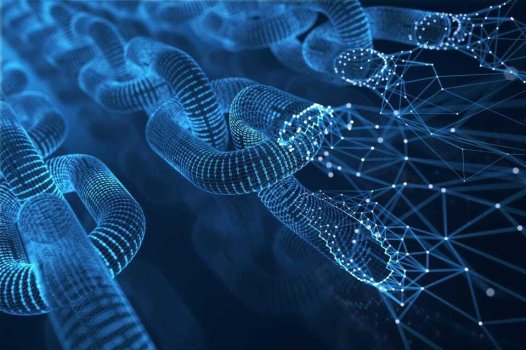We have evolved rapidly as a species on the technology front, especially in the last three to four decades. Just when we thought Web 1.0 was the biggest thing that happened, Web 2.0 came with its share of rich interactivity, e-commerce and web-native content sharing. Centralization was the dominant mode for operations and service delivery in Web 2.0, and this gradually opened up many significant concerns, including internet neutrality, data privacy, anonymity and service monopoly.
A seminal paper on decentralized finance in 2008 by a pseudonymous entity/person named Satoshi Nakamoto opened up an essential possibility of having trust in a decentralized transaction context. Blockchain, leveraged to enable Bitcoin, is becoming the most disruptive technology of this century, and it changes how we perceive the connected world of business operations involving multiple parties.
With the advancement in cloud computing, Industry 4.0 (with IoT and intelligent automation as its backbone) and artificial intelligence, it wasn't long before a computer scientist like Gavin Wood figured out the missing technology piece in this labyrinth of real-world interactions. He could see how well blockchain could connect the dots in the new internet context, thus laying the foundation for Web3.
Current World State For Enterprises
If we look at the prevalent business interactions across organizations, there are elements of data fragmentation, operations rigidity, application centralization and lack of process visibility. Trust predominantly is based on authority and becomes more of a prerequisite than the desired effect. Systems integrations are spaghetti partly because of the siloed core operations systems in each domain or subdomain.
Continue reading: https://www.forbes.com/sites/forbestechcouncil/2022/09/12/digital-transformation-connecting-the-dots-with-web3/?sh=208ac23570b3
A seminal paper on decentralized finance in 2008 by a pseudonymous entity/person named Satoshi Nakamoto opened up an essential possibility of having trust in a decentralized transaction context. Blockchain, leveraged to enable Bitcoin, is becoming the most disruptive technology of this century, and it changes how we perceive the connected world of business operations involving multiple parties.
With the advancement in cloud computing, Industry 4.0 (with IoT and intelligent automation as its backbone) and artificial intelligence, it wasn't long before a computer scientist like Gavin Wood figured out the missing technology piece in this labyrinth of real-world interactions. He could see how well blockchain could connect the dots in the new internet context, thus laying the foundation for Web3.
Current World State For Enterprises
If we look at the prevalent business interactions across organizations, there are elements of data fragmentation, operations rigidity, application centralization and lack of process visibility. Trust predominantly is based on authority and becomes more of a prerequisite than the desired effect. Systems integrations are spaghetti partly because of the siloed core operations systems in each domain or subdomain.
Continue reading: https://www.forbes.com/sites/forbestechcouncil/2022/09/12/digital-transformation-connecting-the-dots-with-web3/?sh=208ac23570b3

